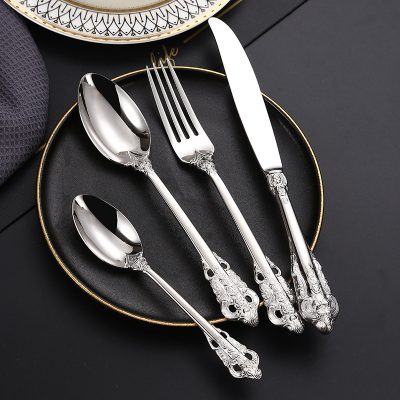- Contact us now!
- +86 18868944843
- been@thingegr.com
A little science on disposable lunch boxes
Disposable lunch boxes have changed from foam lunch boxes to environmentally friendly lunch boxes. The original foam lunch boxes were eliminated because they were not resistant to high temperatures and the production process caused damage to the environment. Plastic lunch boxes, paper lunch boxes, wooden lunch boxes, and degradable lunch boxes are waiting for them. etc. Among them, plastic has the characteristics of low toxicity, high melting point, strong plasticity, easy production and relatively low cost, so it has become the mainstream material for manufacturing disposable lunch boxes. PP polypropylene, with mechanical and thermal properties, suitable for packaging of meals. Lunch boxes are divided into environmentally friendly lunch boxes, mainly plastic, paper, starch and rare metals.
1. Plastic type: Disposable lunch boxes made of plastic mainly include PP polypropylene and PS polystyrene. 120 degrees, so it is especially suitable for hot meals and hot dishes. It can be heated in a microwave oven, or even cooked in a steam cabinet. The temperature of the modified PP can be controlled from -18 degrees to +110 degrees. This kind of PP is made of In addition to heating to 100 degrees, the lunch box can also be used in the refrigerator. PS is hard and transparent, but it is easy to tear. PS begins to soften when the temperature reaches 75 degrees, so it is not suitable for holding hot meals and hot dishes. However, PS has good low temperature performance and is a better packaging material for ice cream. In order to reduce costs, some lunch box factories use PP as the box and PS as the lid. The advantage is that the lid is transparent and PS is harder, so it can be made of thinner sheets to reduce costs. However, consumers of this design must understand the two materials Remember not to put the whole box of rice with the lid in the microwave for heating.
2. Cardboard type: The cardboard fast food box is made of 300-350 grams of bleached kraft wood pulp board as raw material, and is made by die-cutting bonding or die-cutting pressing, shaping and other processes through a stamping forming process similar to sheet metal processing. In order to prevent its oil seepage or water seepage, it is necessary to coat its surface or apply chemical additives. It is non-toxic to the human body during production and use. However, the quality requirements for cardboard are higher, and the cost is also increased.







